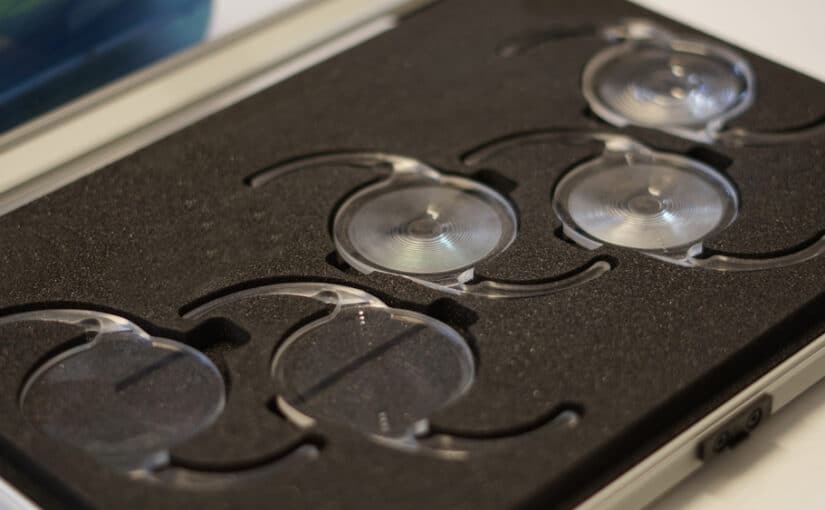When it comes to vision correction, both refractive lens exchange (RLE) and cataract surgery offer solutions for clearer eyesight. At Vista Eye Specialists, Dr. Binoy R. Jani, MD, a board-certified and fellowship-trained ophthalmologist, provides both procedures to patients in Fredericksburg and Culpeper, VA. As a frequent recipient of “Top Doctor” and “Patient’s Choice” awards, Dr. Jani offers personalized guidance to understand which procedure is right for your vision needs.
Understanding Cataract Surgery
Cataracts usually develop with age. Most people start developing cataracts in their 40s or 50s, but they grow very slowly, and symptoms may not develop until age 60 or later.
You may experience cloudy vision, glare, halos, faded colors, and other visual issues when cataract symptoms appear.
With more than 4 million surgeries annually in the US, cataract removal is today’s most common eye surgery. The surgery involves removing the eye lens when it grows cloudy.
Then, your surgeon replaces the natural lens with an artificial intraocular lens (IOL). The IOL contains one or more prescriptions to correct vision problems, so many people have a reduced need for glasses after surgery.
What Is Refractive Lens Exchange (RLE)?
Refractive lens exchange involves removing the natural eye lens and placing an IOL. However, people who have RLE don’t have cataracts.
With RLE, the eye lens is replaced because it doesn’t work as well as an IOL.
People who opt for RLE often have severe nearsightedness (myopia,) farsightedness (hyperopia,) astigmatism, presbyopia, or a combination of them. As with cataract surgery, the IOL can restore vision and reduce or eliminate reliance on glasses.
Although a procedure like LASIK is the more common approach for many of these refractive errors, some people aren’t good candidates for that procedure due to thin corneas or high prescriptions, so that is where RLE can help.
Comparing RLE and Cataract Surgery
Both procedures involve lens replacement, but they serve different purposes.
- Cataract Surgery is medically necessary when cataracts interfere with daily activities. Insurance generally covers cataract surgery.
- RLE is an elective procedure for people who want to correct their vision problems before cataracts develop. After RLE, you can’t get cataracts because you no longer have a natural eye lens. Insurance generally doesn’t cover RLE.
Both procedures Use IOLs.
RLE and Cataract Surgery in Fredericksburg and Culpeper
If you’re curious about how RLE or cataract surgery might help restore your vision, call Vista Eye Specialists at 540-208-5827. Our Fredericksburg and Culpeper, VA team is ready to evaluate your visual and eye health needs and help you see the world through a clear lens again!


